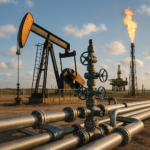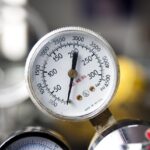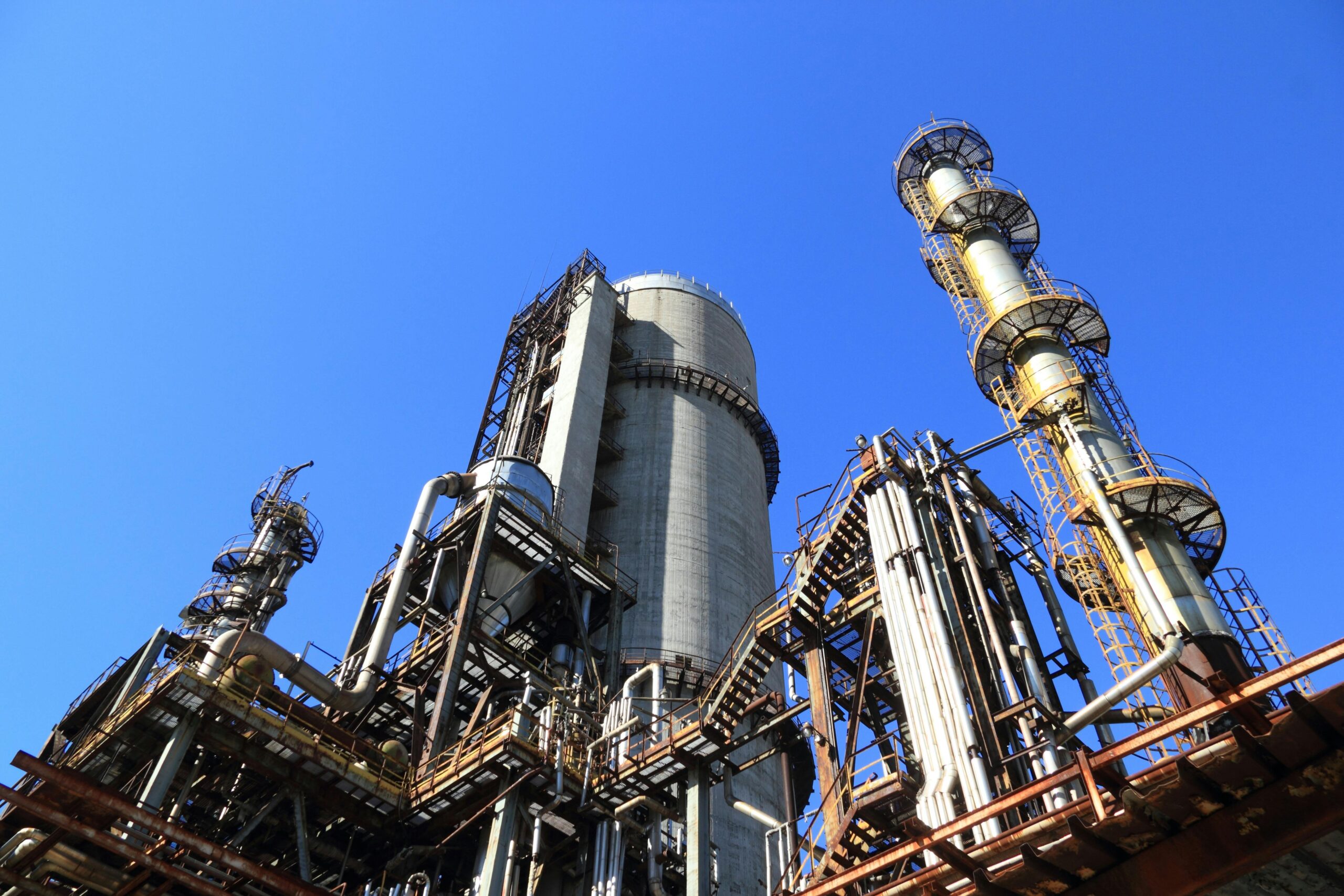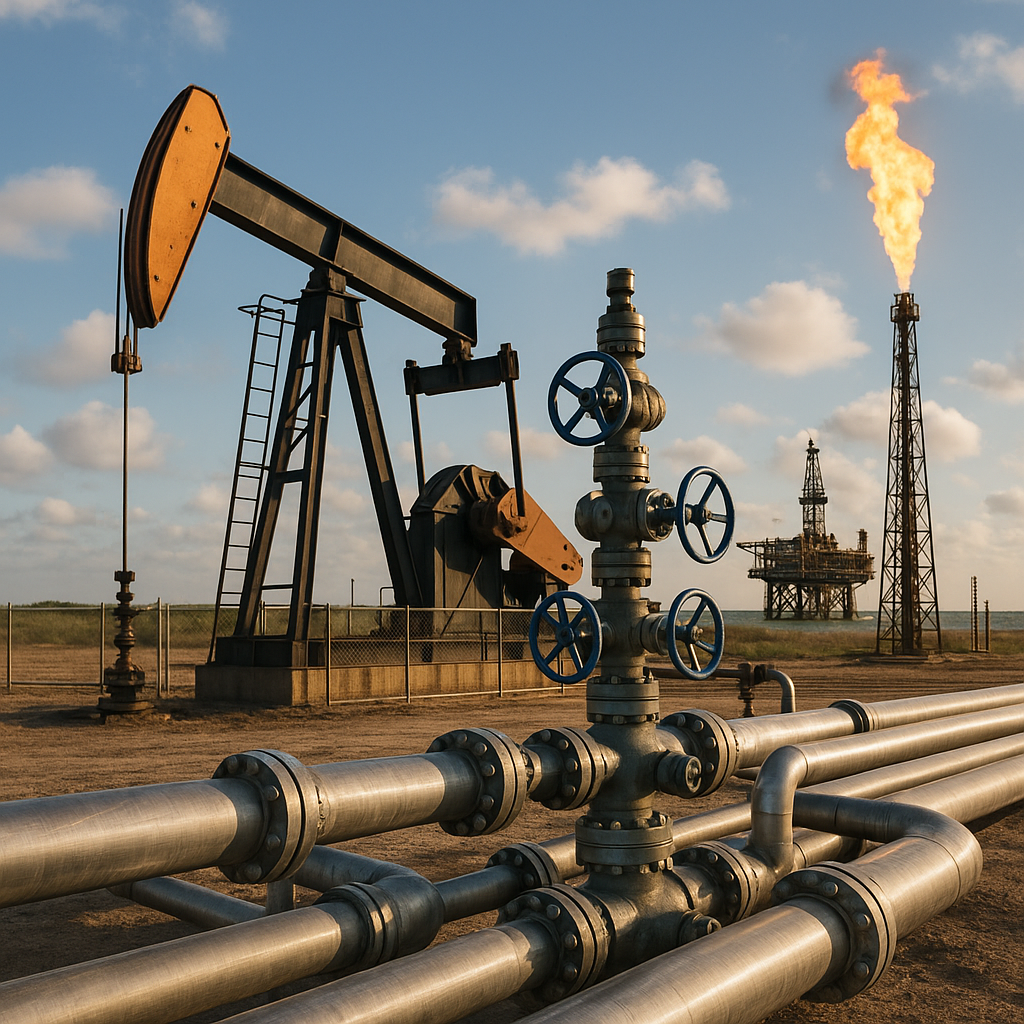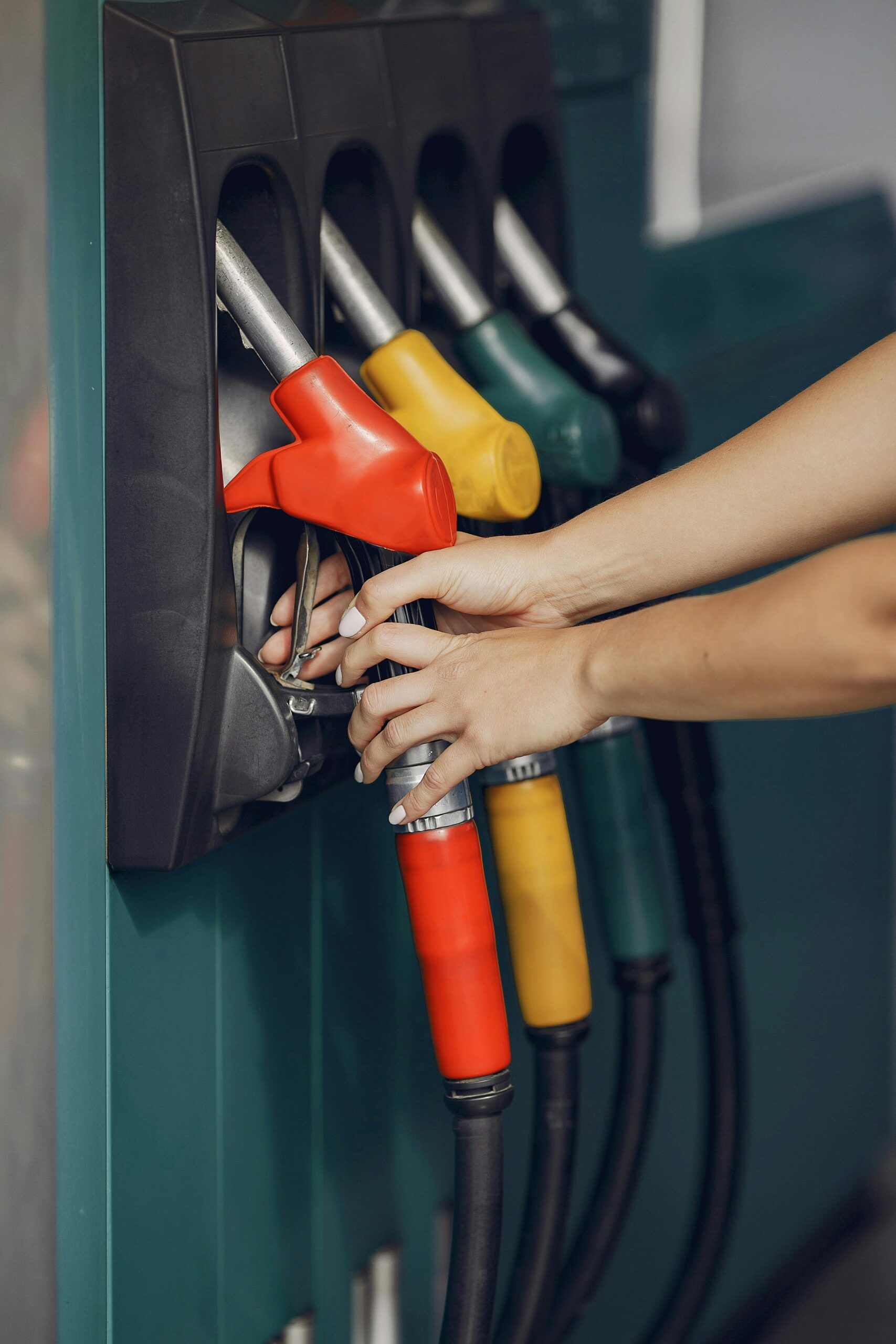Introduction:
In the realm of industrial automation, where precision and control are paramount, process controllers stand as silent orchestrators of efficiency. These devices, whether analog or digital, play a pivotal role in managing and regulating a multitude of processes across various industries. From temperature control to pressure regulation, process controllers are the unsung heroes driving increased productivity, enhanced product quality, and the overall safety of industrial operations. In this article, we’ll delve into the intricacies of process controllers, exploring their types, functions, and diverse applications across the industrial landscape.
The Symphony of Control: Types of Process Controllers
Analog Controllers:
Proportional Controllers (P):
- Proportional controllers provide a response to the difference between the desired setpoint and the current process variable. This proportional correction aids in reducing steady-state errors, ensuring that the system approaches the setpoint.
Integral Controllers (I):
- Integral controllers focus on long-term stability by integrating the accumulated error over time. This correction helps eliminate persistent deviations from the setpoint, contributing to a more precise control mechanism.
Derivative Controllers (D):
- Derivative controllers anticipate future trends by considering the rate of change of the process variable. This anticipatory action is crucial in preventing overshooting of the setpoint and maintaining stability during rapid changes.
Digital Controllers:
Proportional-Integral-Derivative (PID) Controllers:
- PID controllers seamlessly blend proportional, integral, and derivative actions, providing a comprehensive approach to process regulation. Their adaptability and effectiveness make them a cornerstone in industrial automation.
Programmable Logic Controllers (PLCs):
- PLCs are digital controllers designed for industrial automation. These versatile devices can be programmed to execute specific tasks, making them indispensable in manufacturing and process control systems.
Distributed Control Systems (DCS):
- DCS involves a network of controllers distributed throughout a system, communicating with each other to control different aspects of a process. This approach is particularly prevalent in large-scale industrial processes.
Components and Functions of Process Controllers:
Sensors:
- Sensors act as the eyes of the controller, measuring the current state of process variables such as temperature, pressure, flow, and level.
Actuators:
- Actuators are the hands of the controller, receiving signals and making adjustments to the process variables. Control valves, motors, and heating elements are common examples of actuators.
Setpoint:
- The setpoint is the target value for the process variable. Process controllers work tirelessly to maintain the actual variable close to this desired setpoint.
Feedback Loop:
- The feedback loop involves continuously comparing the actual process variable with the setpoint. This iterative process enables the controller to make real-time adjustments, ensuring stability and accuracy.
Control Algorithms:
- Control algorithms, the brains of the operation, are mathematical formulas or rules implemented in the controller. These algorithms determine the corrective action needed based on the feedback received, contributing to precise and effective control.
Applications Across Industries:
Temperature Control:
- Industries such as chemical processing and manufacturing rely on temperature control to ensure optimal conditions for various processes.
Pressure Regulation:
- Process controllers are instrumental in regulating pressure in systems like steam boilers and hydraulic systems, contributing to safe and efficient operation.
Flow Control:
- Precise control of flow rates is crucial in applications like water treatment and chemical processing, ensuring consistent product quality.
Level Control:
- In tanks or vessels, level control prevents overflow or depletion of liquids, maintaining optimal operating conditions.
pH Control:
- Industries such as water treatment and food processing utilize process controllers to maintain pH levels within specific ranges, critical for quality control.
Conclusion: Orchestrating Efficiency in Industrial Automation
In the intricate dance of industrial processes, process controllers take center stage, orchestrating efficiency with precision and accuracy. Analog or digital, these controllers are the unseen architects of stability, ensuring that the variables crucial to industrial operations are finely tuned. As technology continues to advance, the capabilities and applications of process controllers will likely expand, ushering in a new era of even more sophisticated and efficient industrial automation. From the shop floor to chemical plants, process controllers remain the silent guardians of precision, driving industrial processes towards a future defined by enhanced productivity, sustainable practices, and uncompromised quality.




